Jakeria Mohd. Rafiuddin - ALUMNUS
ALUMNUS - Current LinkedIn profile including contact details.
Corrosion protection of high-strength AA6xxxx alloys by film-forming small molecules such as 2mercaptobenzimidazole (2MBI) in a corrosive environment are potentially a useful contribution to the corrosion literature. 2MBI has been reported to interact with metal surfaces by S & N moieties from its five-membered ring structure, and promptly forms an inhibitor film. The produced film could hinder the diffusion of ions and reduce water adsorption on metal surfaces. However, time-dependent-dependent studies of 2MBI film growth in saline solution over AA6xxxx alloys, changes to barrier properties of inhibitor-induced film against ionic diffusion, alteration of bonding environments from the metal-coating interface to the coating-electrolyte interface, and consequent changes in coating structure aligned with mechanical properties have been minimally reported in the available literature. The aim of this PhD project is to highlight these critical issues and develop a methodology to systematically answer the relevant research questions on film-forming mechanisms. Results of electrochemical & complementary surface analysis techniques have indicated that 2MBI could adsorb over AA6xxxx in saline solution in the form of a film from as early as 30 mins, then become stabilised after 90 mins with a continuous but inhomogeneous structure. The adsorbed film maintains a higher inhibition efficiency (97%) by reducing current density, which drops gradually with time (Fig 1). The 2MBI-induced film appears to be complex with the coexistence of aluminum oxide & inhibitor constituents (Fig 2). During longer periods, the complex film becomes porous & defective with a gradual drop in inhibition efficiency & barrier properties (Fig 3). High-resolution AFM imaging coupled with nano-indentation has revealed changes to inhibitor film stiffness over time (Fig 4). The film stiffens both in the early stages of growth and again after 90 mins. Distribution of oxide inside the film structure is thought to play a key role in this regard. Chemical analysis of inhibited treated saline solution in the presence of AA6xxxx has revealed time-dependent inter- & intramolecular changes to 2MBI.
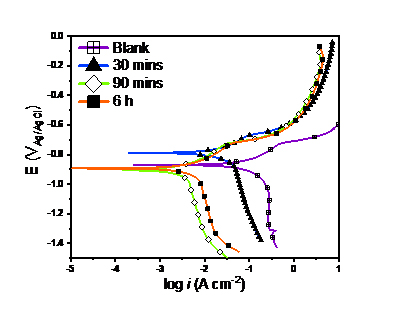 Fig 1. Potentiodynamic polarization results of inhibitor treated AA6xxxx in saline solution
Fig 1. Potentiodynamic polarization results of inhibitor treated AA6xxxx in saline solution
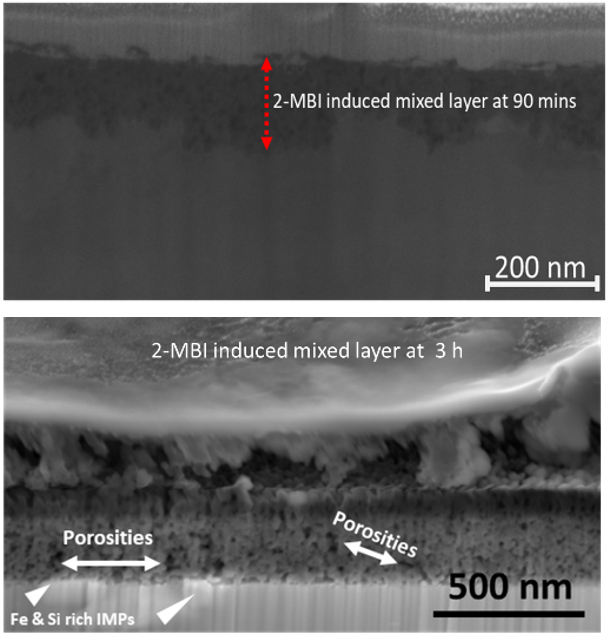 Fig 2. FIB-SEM cross sections of inhibitor treated AA6xxxx at 90 mins and 3 h
Fig 2. FIB-SEM cross sections of inhibitor treated AA6xxxx at 90 mins and 3 h
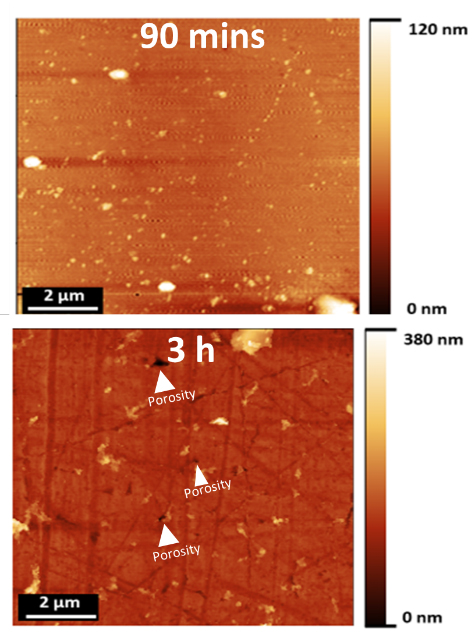 Fig 3. In-situ surface topography of AA6xxxx flooded with inhibitor treated saline solution at 90 mins & 3 h
Fig 3. In-situ surface topography of AA6xxxx flooded with inhibitor treated saline solution at 90 mins & 3 h
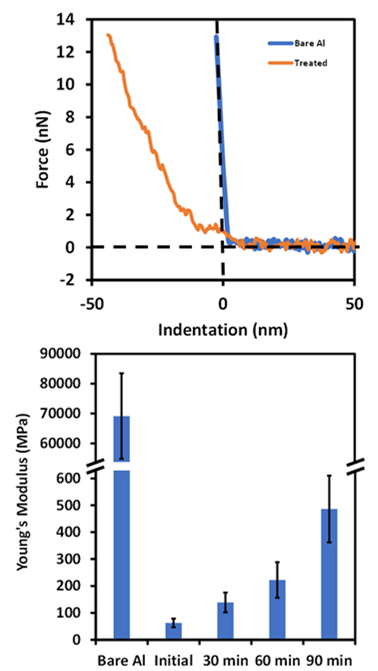 Fig 4. Changes of Young's modulus by AFM nano indentation with time
Fig 4. Changes of Young's modulus by AFM nano indentation with time
Project Publications
- Jakeria, M.R., R.J. Toh, X.-B. Chen, and I.S. Cole (2022). ‘Evolution and stability of 2-mercaptobenzimidazole inhibitor film upon Al alloy 6061’, Journal of Applied Electrochemistry, p. 1-24, DOI: 10.1007/s10800-022-01687-w.
- Jakeria, M., L. Ward, and I. Cole (2021). ‘Long term durability studies on the corrosion inhibition effect of 2-mercaptobenzimidazole (C3H4N2S) on AA6022: Mechanism of film formation and influence of IMPs’, Surfaces & Interfaces, 25: p. 101164. DOI: 10.1016/j.surfin.2021.101164.
- I.S. Cole, L. Ward, and M.R. Jakeria (2019). ‘Influence of azole derivatives on corrosion inhibition of AA6022’, Corrosion & Prevention 2019, 25-28 November 2019, Melbourne, Australia.
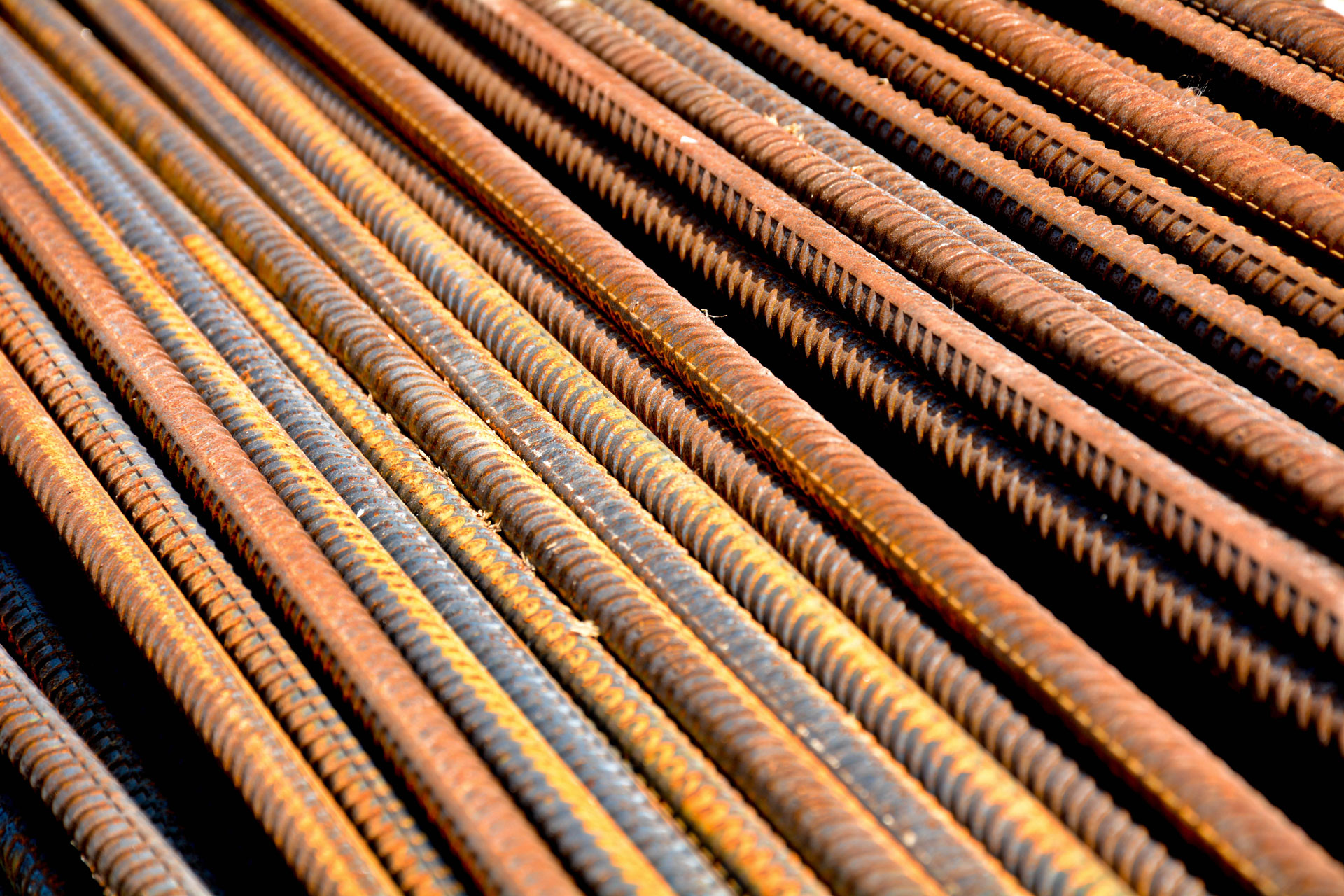
Corrosion and Inhibition
Corrosion inhibitors, corrosion of steel pipes in a soil environment, photocatalysts for CO2 hydrogenation, nano-sensing, optical sensing.